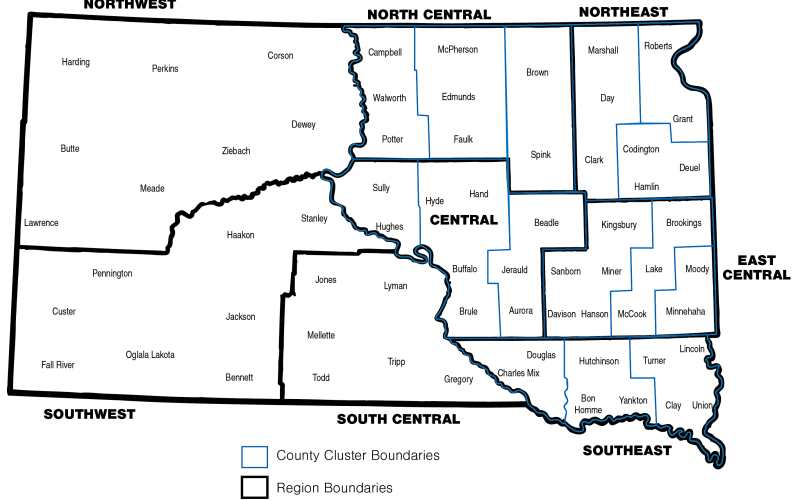Developed with contributions by Olivia Amundson, former former SDSU Extension Cow/Calf Field Specialist.
Calving is wrapping up and many pieces of production information have been collected. A widely used resource, found in both paper and electronic form, is the calving book, especially the IRM Redbook. If you are unfamiliar with the Redbook, it is a resource that provides producers with the ability to input calving data, herd health, pasture usage, cow and calf health, AI breeding, and annual precipitation, to name a few. When utilized, the data collected can then be used by the producer to establish management goals and decisions.
For those concerned in improving their herd goals or for those interested in meeting industry benchmarks, looking at current calving information can be the first step towards improving the calving season and profitability. In previous articles, Bunch the Cow Herd and Tightening the Calving Season, calving distribution can set the stage for successful calving, breeding, weaning, and selling seasons. Furthermore, when considering different options to redefine the preferred calving timeline, outlined in Cow Herd Options, the Redbook provides the first phase in identifying areas of improvement.
Market price uncertainty and volatility, year in and out, provide economic reasons to fine tune the breeding and calving calendar. The Calving Distribution Calculator allows for a helicopter view of an operation. Developing an understanding of when heifers and cows calve throughout the calving season allows producers to analyze herd specific situations. Since a myriad of scenarios can affect calving distribution, the information generated through the calculator gives opportunity to assess areas of interest or necessity.
The second component of the Calving Distribution Calculator utilizes the calving data to look at the economic effect the age of the calves has on the operation. As most calves are sold on a weight basis, multiple scenarios evaluate the economic change a producer may realize if an increased number of calves are born earlier in the calving season.
Unfavorable calving distributions may be related to multiple factors such as cow nutrition, bull infertility, disease, or stress. By inputting calving data, the operation can evaluate cow herd production practices to ensure they are making sustainable decisions and changes to their operation.
Questions regarding the Calving Distribution Calculator please contact Heather Gessner, SDSU Extension Livestock Business Management Field Specialist.


